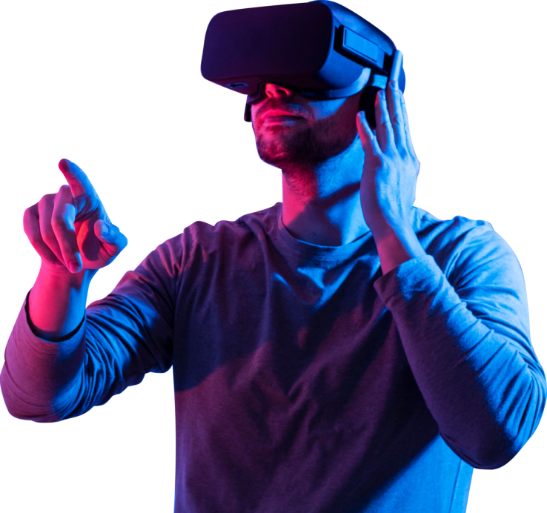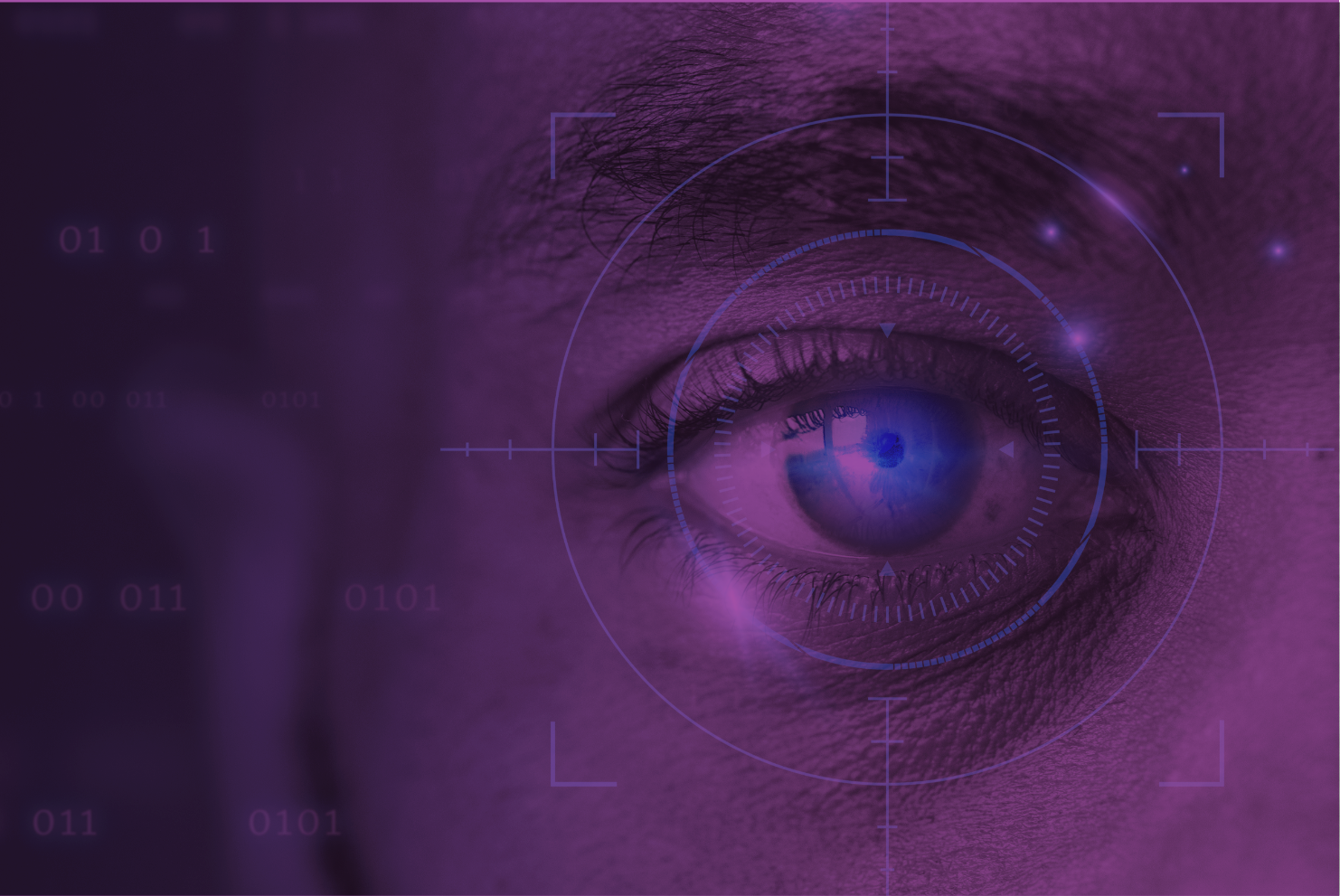
Responsible development and uptake of XR technologies
We shall provide guidance and tools in order to ensure Equitable, Inclusive, and Human-Centered development of XR Technologies

About the Project
XR4Human is a three-year EU-funded project and its mission is to co-create living guidance documents on ethical and related policy, regulatory, governance, and interoperability issues of XR technologies whilst building public trust and acceptance and a strong and competitive European XR ecosystem.

Our Contribution
Through an online repository of test cases we will support developers to demonstrate evidence of adherence to best practices and through an XR rating system and a supportive toolbox of informational and educational materials we will contribute to the informed decision making of the end user XR community for the acquisition and use of XR technology.
Highlights

Key Insights from the Regulatory Gap Analysis Report
The Regulatory Gap Analysis report by XR4Human examines 25 key European Union (EU) regulations and directives and their applicability to XR technologies and virtual worlds. This summary provides a very brief overview of the regulations identified as relevant and their implications for XR.

The XR4Human Forum is here!
The XR4Human forum is the point of contact between a broader XR4Europe community, as it includes not just the current members, but all of those interested in the topic of inclusion and XR. The members of the forum are of different sectors: business, civil society and research. This allows the forum to be variegated in terms of inputs. The forum itself is the perfect online place to create a bridge among people of different sectors and provide knowledge sharing in the areas covered by the XR4Human project.

Showcasing Ethical EU XR Innovations
A platform dedicated to non-commercial and experimental XR applications, boosting discoverability for developers and promoting ethical extended reality practices. Empowering creators, students, and EU projects to share their work with the world.

The state-of-art in XR policy debates
To identify existing EU governance and regulatory gaps regarding XR, we are assessing the current state-of-art in regulatory, policy, and governance discourse in various areas of application and concern.

Identifying Good Practices in XR Design
In a survey with over 50 XR experts, we delved into the key elements shaping positive and negative XR experiences.
Main Output
European Code of Conduct for responsible XR Technologies
Test Cases for demonstration and validation
Interoperability Guidance Document
Rating system and Educational Toolbox
Basic Objectives
-
ethical issues and related regulatory and governance issues
-
- companies and regulators through Interoperability Guidance Document, a European Code of Conduct for Equitable, Inclusive, and Human-Centered XR Technologies, recording and demonstrating the practical application of the XR Code of Conduct
- users through a rating system and educational materials
-
- companies and regulators with an online repository of test cases
- users through a rating system and educational materials
-
companies and other stakeholders to enhance the uptake of the XR Code of Conduct, the Guidance for Interoperability, and the empowerment of end-users

Target Groups
-
- Formation of a competitive and sustainable ecosystem for the European XR technologies industry by strengthening the links and promoting collaboration among the constituency, including EU- funded projects.
-
- More informed policies on the adoption of market standards on the security, safety and privacy of XR technologies
-
- Production of XR technologies that abide by the highest standards of safety, security and privacy
- Wider adoption of human-centered design for XR technologies -
- Raise awareness on the need to adopt existing research ethics procedures for XR-related research projects
- More informed decisions relevant to ethics appraisal of XR-related research projects
-
- Ability to select the most appropriate XR technology for their needs that also takes into account the ethics-related issues of safety, security and privacy
-
- Increased knowledge on the beneficial and adverse effects of XR technologies
Key Concepts
-
XR technologies, also termed immersive technologies, are emerging technologies characterized by “immersive video content, enhanced media experiences, and interactive and multi-dimensional human experiences’’.
-
Human-centered design is based upon an explicit understanding of users, tasks, and environments; users are involved throughout design and development; the design is driven and refined by user- centered evaluation; the process is iterative;
-
The ability to share a common language across XR Technologies, to readily connect and exchange information with one another, in either implementation or access, without restriction.
-
Responsible technology incorporates the principles of ethics and integrity during the design stage, promotes beneficial outcomes for users and is governed by ethos, intention, values , and norms.

Challenges
- Health: Physical and mental
- Social: Diversity, inclusivity, abuse of power, accessibility
- Legal: Privacy, ownership, access, data
- Technical: Interoperability & accessibility
Consortium
Supporting the European Research Area

We support the European Research Area aimed at creating a single, borderless market for research, innovation and technology in the EU.
The European Research Area














